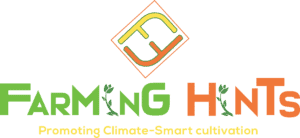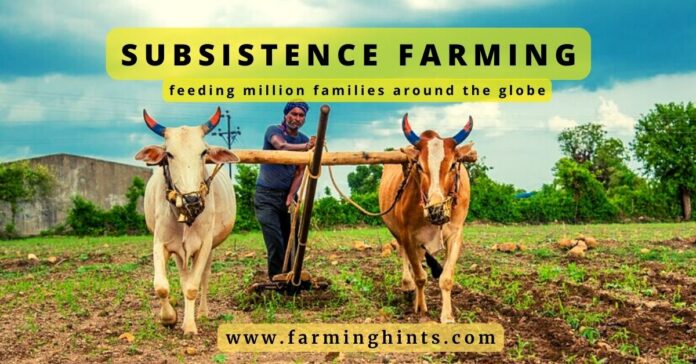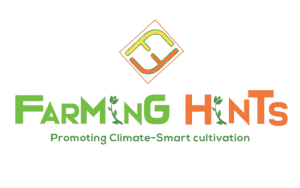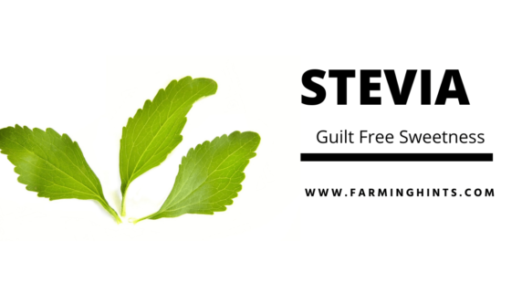Subsistence farming is the practice of growing crops for a person or his family’s use without getting any commercial benefit. Farmers grow crops or rear livestock for their benefit, and no surplus is involved. Subsistence farming is not new as it has a long history behind it. It has many methods and types considering the climate and other factors in different regions.
Defining Subsistence Farming
Subsistence farming is a practice most commonly used by farmers with small landholdings who grow crops for their benefit and do not achieve any commercial advantage. So, it is understandable now that subsistence farming is the opposite of commercial farming. It is most common in rural areas of the world. Small rural farmers do not get a profit from the crops they grow.
The crop production is less for the farmers practicing this technique. As part of subsistence farming, farmers in rural areas are encouraged to raise just enough food for their families’ needs. Its production capacity is low because farmers do not use excess money to buy extra materials to increase crop production. That’s why this method is considered a cost-friendly method of farming.

How Subsistence Farming is done by small farmers?
Based on the amount of food their family will require over the course of the year, a subsistence farmer must schedule their farm productivity in advance. The schedule is based on different seasons. Typically, all family members would work together on the farm and only plant the crops they could fit on the little plot of land. In the industrialized world, urban gardening is where people cultivate their food in little fields or pots. It is the closest thing to subsistence farming.
Opposite to metropolitan regions, farmers solely engage in subsistence farming and would go hungry if it was not for growing their food and cattle rearing. The results of subsistence farming can vary significantly, and elements like soil erosion, plant diseases, and pesticides can frequently impact the yield. Farmers invest all their time and effort into their fields since any decline in harvest can make it tough to stay off the land.

History of Subsistence Farming
Its history dates back to 12,000 years ago and is a crucial component of most early survival strategies in cultures. The subsistence of agricultural practices is essential to the growth of human civilization. After the ice age, when Homo sapiens learned to domesticate plants, people started to live in one spot rather than only hunt and gather. Now, Europe and America almost ended this method of farming. Subsistence is widely used in many countries of Asia and Europe.
Types of Subsistence Farming
Subsistence farming has many types, and it isn’t easy to define what types be considered for subsistence farming. Farmers have different needs, so they develop their techniques to meet them. With the changing environmental conditions and living lifestyles, the needs of farmers also drastically change. Here we share the common types of this farming which are used almost everywhere.
Primitive Farming
The simplest type of subsistence farming is primitive farming. Primitive subsistence farming makes use of technology that is relatively simple. A simple agricultural practice is little gardens close to homesteads. Common household fertilizers like compost, animal manure, or fireplace ash benefit these gardens.
After sowing seeds, next is irrigation. Irrigating these fields with water from adjacent streams or rivers is possible without moving plot positions. The yield is less but mostly organic. Farmers have little choice of crops they can grow in this technique because of the availability of resources.
Intensive Subsistence Farming[/su
_heading]
In this practice, farmers need more labour than any other method in subsistence farming. The farmers cultivate a small piece of land for their use. Farmers can grow multiple crops on the same plot each year thanks to a climate with plenty of sunny days and excellent soils. In addition to producing enough food for their consumption, farmers use the remaining yield to trade for other goods on their little plots of land.
It produces much more food per acre than other subsistence methods. Farmers may even build terraces along steep hillsides to produce rice paddies in the most intensive scenario. These fields can be found in Asia’s densely inhabited regions, such as the Philippines. In Pakistan, we can glimpse intensive subsistence farming in some parts of the Salt, Himalayas, and Karakoram mountain ranges.
Nomadic Herding
_heading]
In this practice, farmers need more labour than any other method in subsistence farming. The farmers cultivate a small piece of land for their use. Farmers can grow multiple crops on the same plot each year thanks to a climate with plenty of sunny days and excellent soils. In addition to producing enough food for their consumption, farmers use the remaining yield to trade for other goods on their little plots of land.
It produces much more food per acre than other subsistence methods. Farmers may even build terraces along steep hillsides to produce rice paddies in the most intensive scenario. These fields can be found in Asia’s densely inhabited regions, such as the Philippines. In Pakistan, we can glimpse intensive subsistence farming in some parts of the Salt, Himalayas, and Karakoram mountain ranges.
Nomadic Herding
It is widely considered the first method of subsistence farming. Farmers and ordinary people also used to rear animals to meet their necessary needs. Goats, Buffaloes, Sheep, Yaks, Camels, and Cows are the most common animals to be raised. Meat and Milk are one of the most loved edibles in the whole world. Nomadic Herding makes it possible that you can get both of them enough. The skin of these animals is used in making different items like clothes, shoes, bags, etc.
This way of life is prevalent in parts of Central and Western Asia, Eastern and Southwestern Africa, India, and northern Eurasia. People travelled long distances to find food and hay for their animals. They began to live in a place where they found enough feed for their animals and stayed there until it finished.
Features of Subsistence Farming
Subsistence farming feature mixed cropping in which many crops are grown in a single space. In subsistence farming, capital and financial requirement are low. Farmers mostly grow their crops without using fertilizers and pesticides. The seeds for crop growth are directly taken from the previous crops. It features unimproved varieties of seeds for crop growth. Subsistence farming also features zero or low surplus, which is easily negligible.
The land is scattered in tiny pieces in this farming. Production of food is limited but enough for a person and his family. Most labour is untrained and unskilled. Most of the time, family members do the labour work. The yield of this crop is low, but it is highly organic.
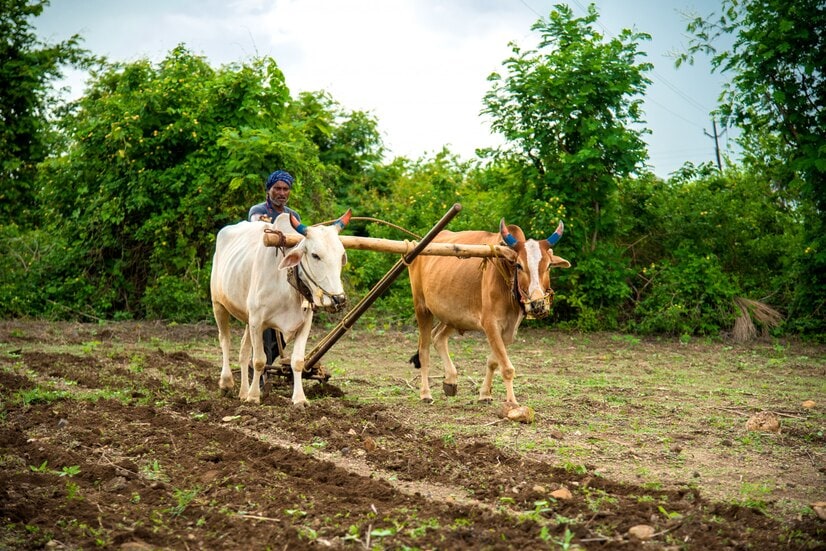
Benefits of Subsistence Farming
-
-
- Subsistence farming does not need large areas because it is easily doable on small pieces of land.
- Labour cost is meager because most family members work as labour.
- Farmers do not need to pay extra attention and money to machinery.
- Technology use is less or zero. If someone uses technology, then it is simple.
- Farmers need only small inputs in this farming to get enough for their families.
- Production of food is enough for the family.
- The risk factor in crop production is low.
- Farmers grow a diversity of crops in a small field.
- It is economically rational.
- Livestock rearing is beneficial for food.
- Zero or Low fertilizer use is cost-effective.
- Less pesticide is used, which is good for health and the environment. It also reduces the overall cost.
- Farmers mostly use either self-driven or cattle-driven machinery in subsistence farming which reduces the cost as no fuel is used.
-
Drawbacks of Subsistence Farming
-
-
- Production is limited.
- No commercial use.
- Usually zero profits.
- No contribution towards the economic GDP of the country.
- A reason for food scarcity as you get much more from the same land.
- Less sustainable in the long term.
- No absolute solution for diseases if any occur to the crop because no pesticide use.
- Difficult to practice in extreme weather conditions.
- It is one of the resistance factors under the way of industrial development.
-
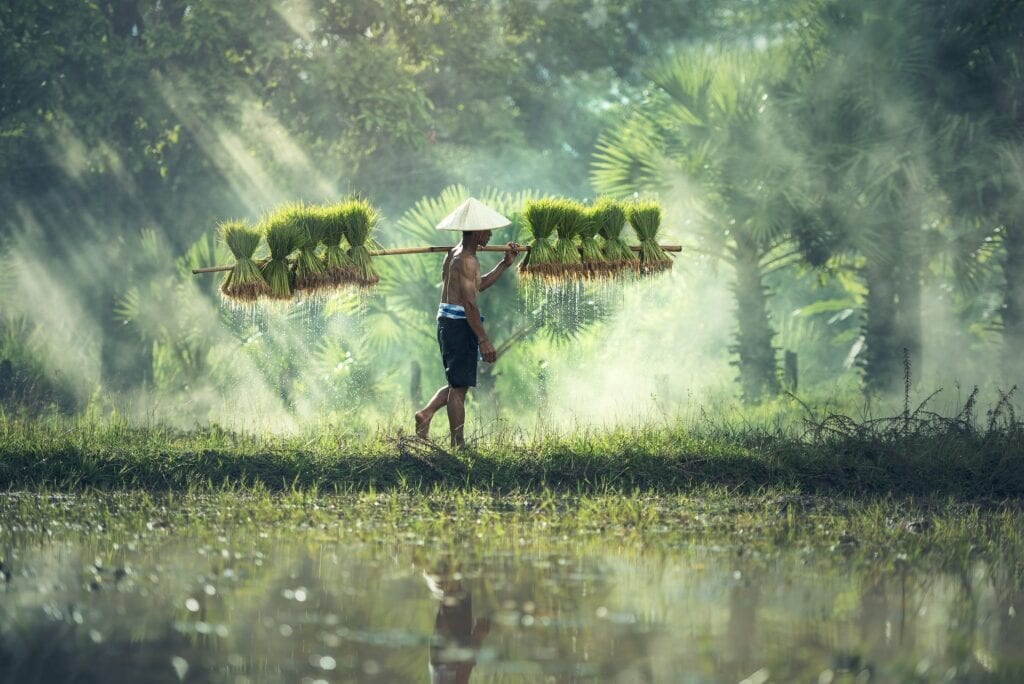
Shifting Agriculture Trends
The majority of places with significant forest ecosystems practice shifting agriculture trends of farming. It is famous in low-population areas. It has significantly less use nowadays because of the continuous increase in population. Crops can be grown because trees have been cut down or burned. The forest is permitted to reclaim the area once the soil’s nutrients have been exhausted in order to replenish lost nutrients. However, deforestation and soil erosion are significant issues for the ecology in places with a high population. Subsistence farming is also a bit more time taking and expensive method. Therefore, farmers now avoid this agriculture system.
Conclusion
Subsistence farming is a close-to-nature farming method in which you can grow enough food for your family. It is similar to sustainable farming. This farming is suitable for small landholders. It is an environmentally friendly method of crop growth in which you can only invest time and, in response, get an efficient product for you and your family. Subsistence farming has some drawbacks also. It reduces the overall food production and creates an unbalanced economy in an area or state. Industrial development is slow where this farming method is used. Farmers should be aware of other farming methods to avoid the drawbacks of subsistence farming.
